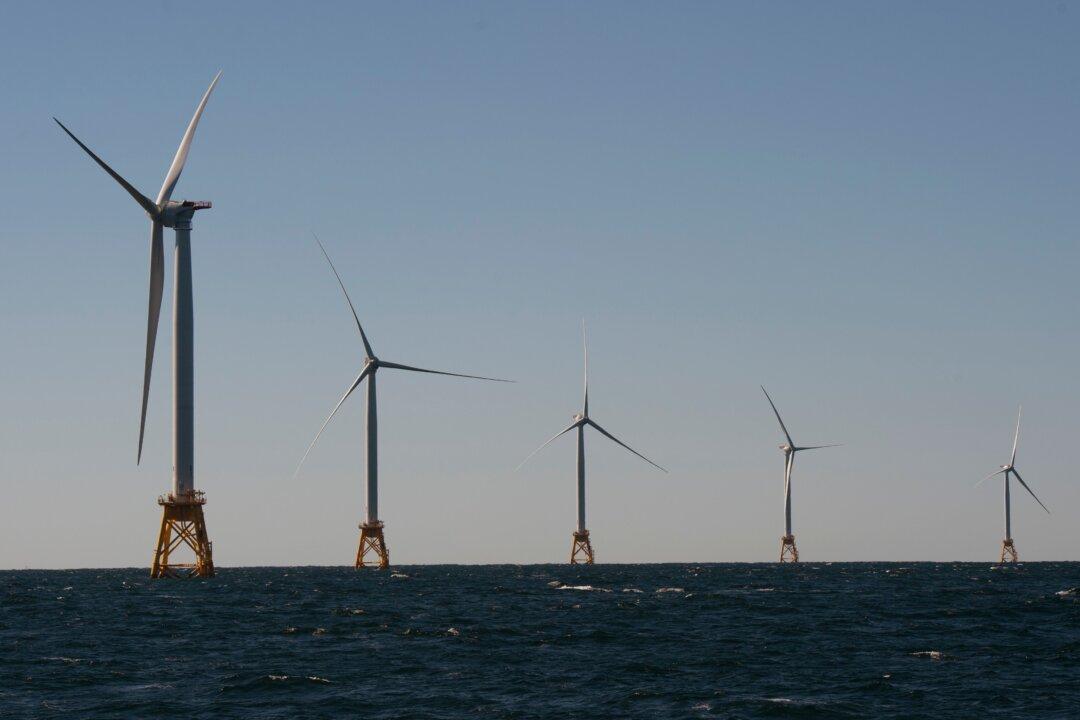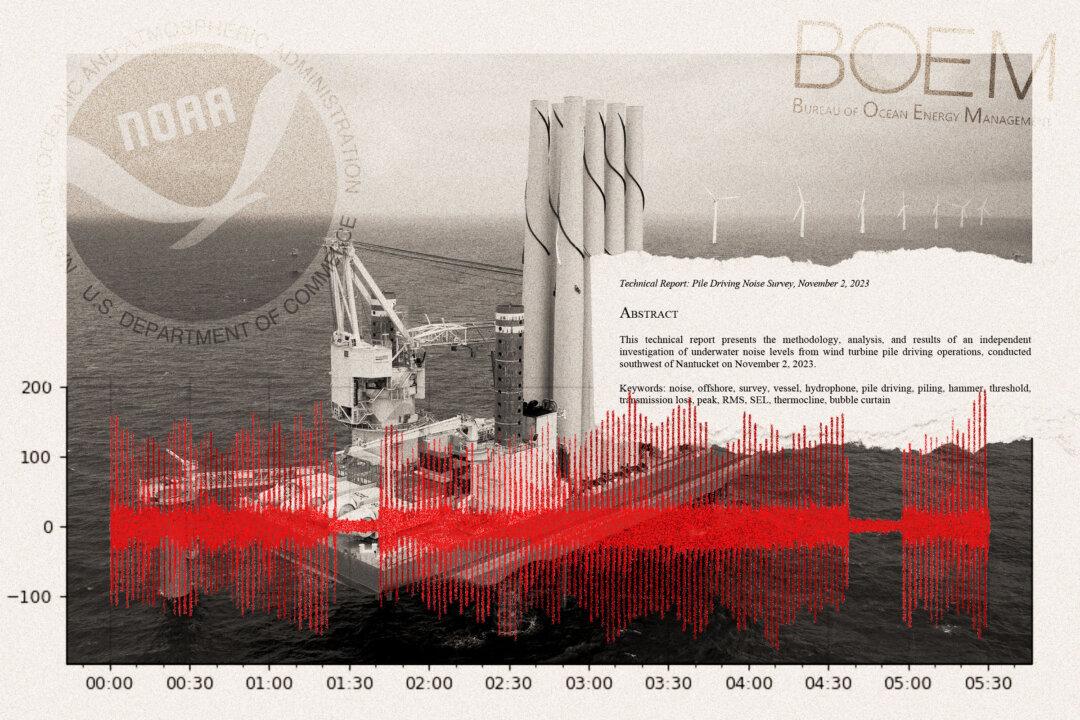A group of Rhode Island homeowners, fishermen, and historic properties board members are set to face off against the state and Danish ocean wind giant Orsted in Newport County Superior Court on Dec. 5.
Local group Green Oceans opposes the construction of Revolution Wind, an ocean wind farm with 65 turbines planned for Rhode Island Sound, 10 miles southeast of Block Island.





